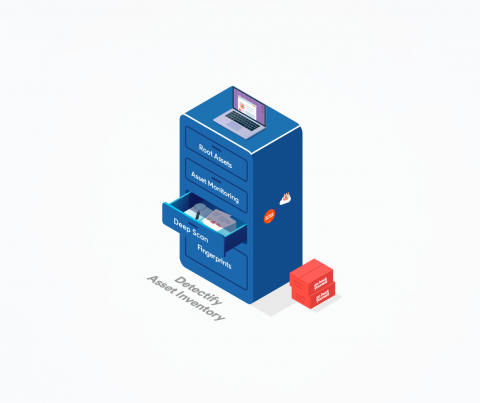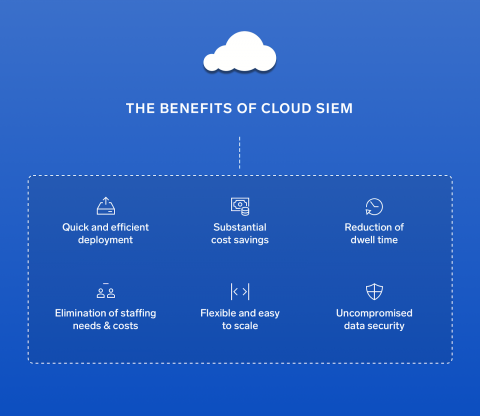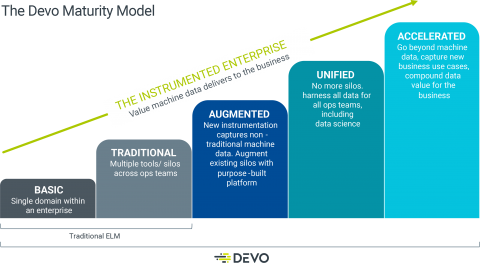What Is the Difference Between SIEM and SOAR?
Nowadays, a lot of attention is being paid on the SOAR vs. SIEM debate. To get the most benefit from your security data, it is vital to understand the difference between these essential cybersecurity tools. Although SOAR and SIEM have several components in common, we cannot use these tools interchangeably as they are different in nature.









